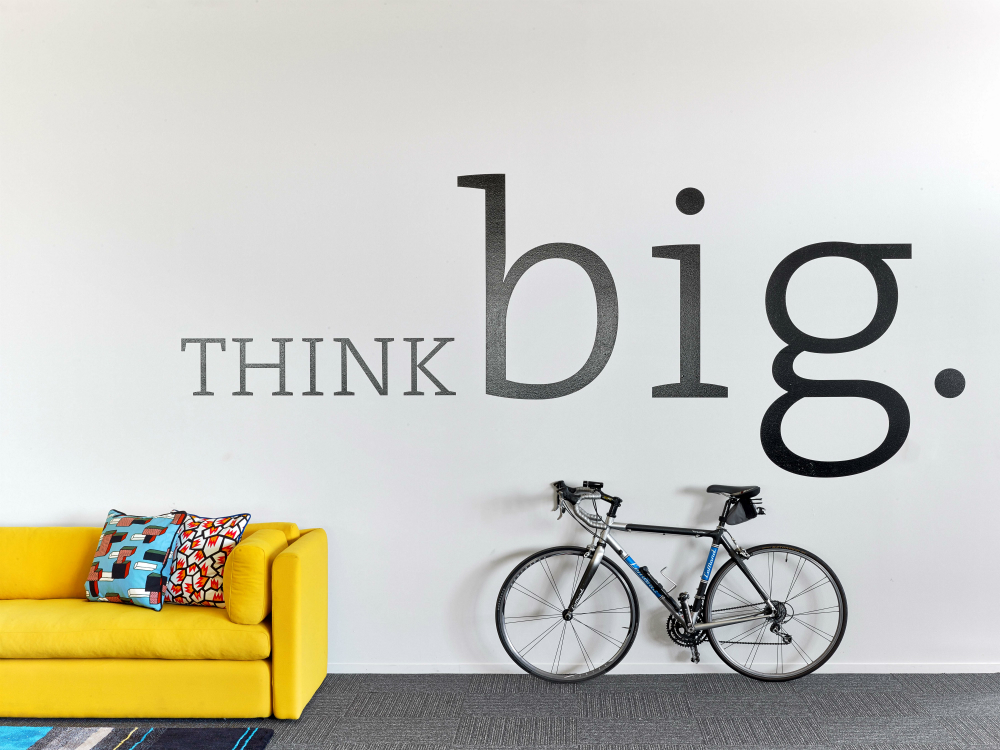An interview with a luxury hotel designer
 There are times when you walk into a hotel and find yourself in awe of the intricate textures and elaborate features, but other times, you step into the lobby and the design elements are so smooth and seamless they almost go unnoticed.
There are times when you walk into a hotel and find yourself in awe of the intricate textures and elaborate features, but other times, you step into the lobby and the design elements are so smooth and seamless they almost go unnoticed.
Both experiences are intentional. Hotel architects have a very deliberate idea of how they want guests to interact with their designs, and we wanted to know more about their creative process. How do you design a hotel? And what goes into hotel design planning and development?
To find out more about the story behind luxury hotel designs, we got in touch with Jackson Butler, studio director at EDG Design. With over 20 years of experience, Butler infuses his native Virginia roots with newfound California vibes, creating prototype designs and developing brand standards, all while dreaming up works of art. To better understand his craft and how it relates to the hotel industry, we fired some questions his way:

What considerations go into building a luxury hotel?
JB: First, we really dig into research. You have to understand the demographic to find what appeals to them and the markets that you’re competing against. You also need a strong understanding of the sense of place. The details are what differentiates levels of luxury, and that involves everything from touchpoints to design to operations.
How does the specific city contribute to the hotel’s design elements?
JB: We recently worked on the Manhattan Beach Autograph Collection Hotel and had to impart the feeling of a quintessential Southern California escape (not an easy feat with all of the great coastal LA hotels). We ended up capturing the picturesque town on the Pacific, home to spectacular beaches, endless sunny days, and the perfect blend of laidback vibes with elegant style; charm and culture; and relaxation and glamour.
How do specific designs contribute to the guest experience?
JB: Design contributes to the guest experience in ways that the guest might not even notice at first. Everything from interior design to graphic design—even how a chef plates a dinner—lends a hand to the overall aesthetic and experience. All these are the culmination of research of demographics, competitive studies, project goals, and a fully fleshed out story to tie it all together.
Is there a storytelling element to the design creation?
JB: EDG has a branding division that helps capture the brand identity both strategically and visually. The story that is created in that brand exercise is pulled through the entire project, from the moment you walk through the door through touchpoints in the rooms.
Are there any new, innovative designs you’re working on now?
JB: We’re working with several clients in Silicon Valley, and they are always challenging us to “think differently.” As well, we have a Ritz Reserve under construction that has a kids’ “Ambassador of the Environment” activity center, where we have met required minimum LEED and Green standards through specifications and sourcing of materials.

Are there any particular EDG touches that we could identify across properties?
JB: We pride ourselves on not having a design identity. Each solution is generated from a uniquely “found” essence of place. Experience draws one into learning or being intrigued to discover “why” a space looks and feels a certain way.
What project or design elements in your career are you most proud of?
JB: I can’t say I have a favorite. Every design we work on is about reaching a new level. Maybe capturing something more unique, more inventive, more innovative. There is something about every project that moves me and my team. Some examples include:
- The Marriott Grand Cayman for its story of the bosun’s call and aligning that with design, execution of an inventive F&B (food and beverage) concept, and operations strategy.
- And the Marriott Warsaw Hotel for uncovering the history of mead wine, the “milk bars” of the 40s, and the amazing history of foraged food, that we developed into a modern version and expression of part of Poland’s food culture.
What other questions do you have about the architecture of hotels?
More Articles With Architecture
The global impact of coronavirus is affecting travelers everywhere. Here's how you can prepare and what to expect if you booked travel with Expedia.
You don’t have to travel to Europe for an authentic castle experience. There are a number of beautiful palaces across the US to visit.
Discover the best of Florence in a single day with guided tours that take you to all the city's top sights.
Seeking aesthetics in these trendy fashion spots
Searching for beauty high and low